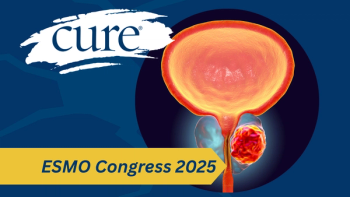
Prostate Cancer: To Treat or Not to Treat
We've come a long way in determining which patients with prostate cancer to treat, but there is still more work that needs to be done.
Prostate cancer is a complicated disease, and while understanding of it has improved in recent years, knowledge gaps still need to be addressed, according to Howard Soule, Ph.D., chief science officer at the Prostate Cancer Foundation.
Soule noted there is a need for better predictors to determine who should be treated and who should be observed with active surveillance. Now, most patients with low-grade disease undergo active surveillance, but, Soule adds, that does not mean that they are not doing anything. In fact, they frequently visit their urologist and have biopsies so that if the disease does progress to the point where it needs to be treated, it can be done in the earliest stages. With active surveillance, men can go years — or potentially for the rest of their lives – without undergoing prostate cancer treatment.





